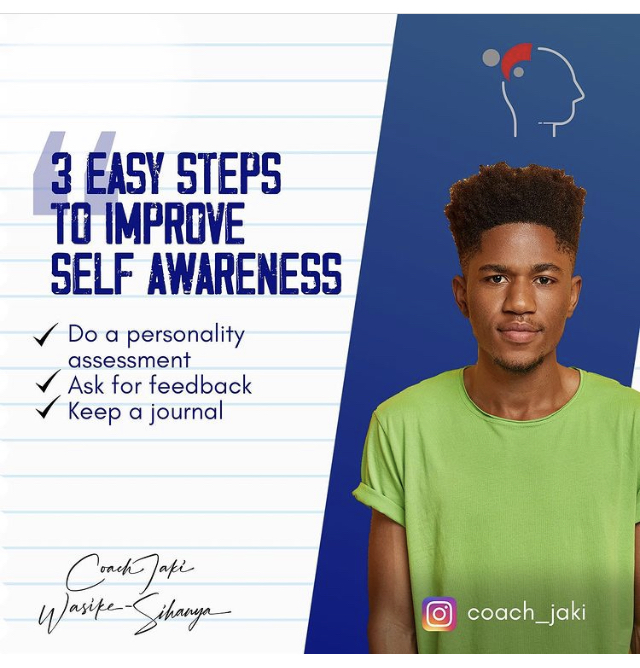One of the most important tasks in the transition to adulthood is career selection. This happens at the same time as other major physiological, psychological, education, and social role transitions for the teenager. As adolescence progresses, teenagers begin to address the roles of impending adulthood and learn new skills and ways of navigating adulthood. Kenyan adolescents select academic subjects around middle adolescence in Form 2 or 3, marking the start of serious consideration of their future occupation. How can parents help?
Develop adolescents’self-efficacy
Self-efficacy is how an individual sees his or her capacity to do the necessary things to produce specific results. It reflects one’s confidence in their ability to control their own motivation, behaviour and social environment. Self-efficacy greatly influences the goals for which individuals strive, including career goals.
Before adolescence, adults can help children by exposing them to different career possibilities through stories and experiences including movies and meetings with people in different professions. This broad exposure serves to provide options because knowledge about which careers exist is one of the challenges young people face. Children who demonstrate creativity, for example, can be exposed to design activities in engineering, fine art, fashion design, and even technology. As they get to considering careers more seriously, in-depth exploration is recommended. At this point, adolescents should be supported to explore personal core features, including their interests, personality, values, and life goals. It is not necessary to focus on specific jobs but rather on key criteria that align with the adolescent’s talents, interests, aptitude, and personality. Where possible, they can observe or interview professionals at work to get a better feel of what a career really involves day to day.
Additionally, teens can be supported to exercise their agentic capacity. This refers to the human ability to be proactive, self-organizing, self-reflecting, and self-regulatory. It involves intentionality (having a goal), forethought (anticipating and being motivated by future outcomes), adopting personal standards to monitor and regulate one’s own behavior, focusing on things that give satisfaction and self-worth, reflecting on the meaning of their pursuits, and making corrective adjustments.
Build adolescent’s capacity and skills
A 15-year-old in Kenya today is making choices that impact occupations that do not yet exist partly because of evolving technology and ways of working. This is why focusing on building the capability to make decisions, adapt to change, and seek necessary knowledge (learning how to learn), as well as developing collaborative, self-management, and communication skills make sense. Think of how medicine is practiced today.
While clinical knowledge is still a basic requirement, doctors are collaborating virtually and conducting medical procedures using sophisticated digital equipment. This means it is not enough to focus only on whether or not a teenager is good at Biology, for example.
To work effectively as a doctor, that teenager will need to have the capacity to quickly learn how to use new technologies and apply them to medicine, to work effectively with people they may never see face to face, and to communicate with others whose first languages may be different from their own. The self-confidence to function in such a scenario is paramount and is a key part of the adolescent’s vocational identity.
Help teens identify and build their vocational identity
Personal identity is a core concept during adolescence and, related to that, vocational identity is key because working (and working well) are central to adult life. To help teenagers develop vocational identity, adults should recognize that the current crop of adolescents has experienced major technological innovations that allow them to immerse themselves in phantasmic communications where they control their self-presentation and shape idealistic identities. This creates greater disparity between who is real and who isn’t. Activities that help children learn how to learn, such as personal research; solve problems by presenting more than one solution to a problem they face and adapting to changing circumstances through exposure, are crucial. Gaining insights into the qualities that help professionals excel at their jobs are more important than descriptions of what they do. They help adolescents to reflect on their capacity for such qualities, and to develop the necessary capabilities to make career choices that suit them and support their socio-cultural reality. Adults can make it easier for teenagers to develop self-confidence in their own capacity for introspection and selecting a career by not deciding for them, but allowing them to think through the choices they make.
References
Bandura, A. (2006). Adolescent development from an agentic perspective. Self-efficacy beliefs of adolescents, 5(1-43).
Skorikov, V. B., & Vondracek, F. W. (2007). Vocational identity. In Career development in childhood and adolescence (pp. 143-168). Brill.
